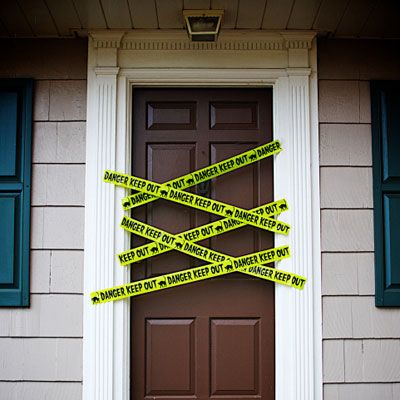Home safety is a critical concern for every homeowner. Fires and water damage are among the most devastating and costly disasters that can strike a home. By identifying problem areas and taking simple precautions, you can significantly reduce the likelihood of these catastrophes.
In this article, we’ll explore your home’s top 10 danger zones—from kitchen fires to electrical malfunctions—and provide practical tips to mitigate risks, ensuring a safer living environment for you and your loved ones.
1. Cooktop Fires
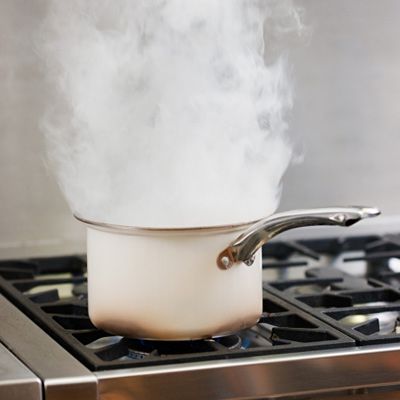
Kitchen fires account for approximately 40% of all home fires, with the cooktop being the most frequent culprit. Unattended cooking, grease buildup, and nearby flammable materials can quickly turn simple meal preparation into a dangerous situation.
How To Avoid Cooktop Hazards
Never leave burners unattended when in use, and store combustibles such as paper towels or pot holders at a safe distance. Keep a fire extinguisher within easy reach in the kitchen, and ensure all family members know how to use it. Regularly clean your cooktop to prevent grease accumulation, which can fuel fires. We also recommend installing a smoke alarm near the kitchen to alert you at the first sign of trouble.
2. Malfunctioning Smoke Detector
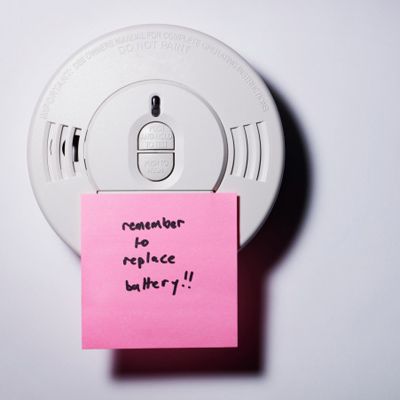
Dead or missing batteries are the leading causes of smoke detector malfunction. A non-functioning smoke detector can delay crucial early warning in case of a fire, potentially leading to devastating consequences.
How To Avoid Smoke Detector Hazards
Change the batteries at least once a year. Replace models that are more than 10 years old. Install interconnected smoke detectors so that when one alarm sounds, they all do. Test your smoke detectors monthly by pressing the test button, and vacuum them occasionally to remove dust that might interfere with their sensors. It’s also a good practice to have different types of smoke detectors (ionization and photoelectric) to cover various kinds of fires.
3. Roof Damage
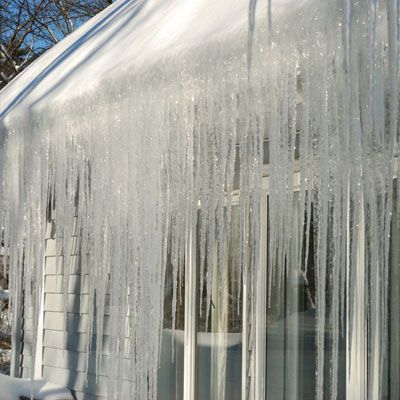
A roof that’s too warm in wintertime melts snow, creating runoff that freezes when it meets the gutter. There, it forms an ice dam that forces water beneath the shingles, potentially causing leaks and structural damage.
How To Avoid Roof Hazards
Add attic insulation and venting to keep the roof cool. Ensure proper attic ventilation to maintain a consistent temperature across your roof’s surface. We recommend installing heat cables along the roof’s edge to prevent ice dam formation. Regularly inspect your roof for damaged or missing shingles, especially after severe weather. Scheduling an annual professional inspection can catch minor issues before they become significant problems.
4. Clogged Gutters
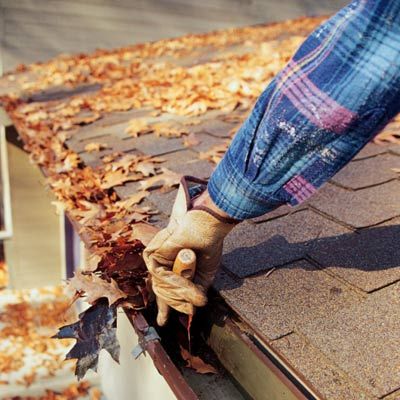
Clogged gutters overflow and allow water to pool around the foundation, leading to basement leaks. This issue can result in water damage, mold growth, and even compromise the structural integrity of your home’s foundation.
How To Avoid Gutter Hazards
Remove leaves and debris from gutters every spring and fall. Install gutter guards to reduce debris accumulation. Ensure downspouts direct water at least 5 feet from your home’s foundation. Extending your downspouts and improving landscape grading can further protect your foundation from water damage.
We recommend hiring a professional gutter cleaning service if you’re uncomfortable working on a ladder or have a multi-story home.
5. Faulty Wiring
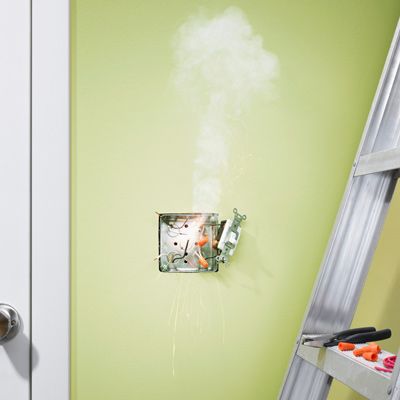
Bad wires can short out and start a fire. Signs of trouble include frequent blown fuses, flickering lights, and a tingling sensation when you touch a wall switch or appliance. Outdated wiring may not handle modern households’ electrical demands, increasing the risk of electrical fires.
How To Avoid Wiring Hazards
Avoid overloading outlets and use surge protectors for sensitive electronics. Ensure your home’s electrical panel is up-to-date and capable of handling the load of your modern electrical needs.
Hire a licensed electrician to replace old circuit breakers with arc-fault circuit interrupters, which cut the electricity when they sense danger. Additionally, have a licensed electrician inspect your home’s wiring every five to 10 years, especially if you live in an older home, and have them replace any wiring that’s 40 years old or older.
6. Frozen Pipes
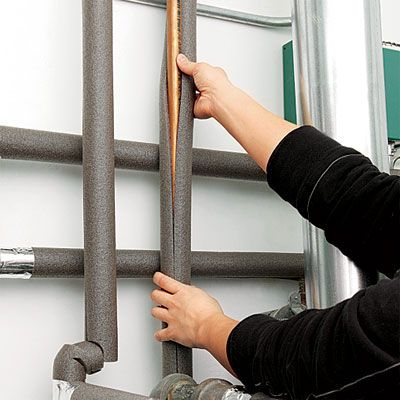
A pipe that freezes and cracks just one-eighth of an inch can leak up to 250 gallons of water daily, leading to extensive water damage, mold growth, and costly repairs.
How To Avoid Pipe Hazards
Insulate exposed pipes with foam sleeves. Before winter, turn off the water supply to outdoor spigots and leave the taps open to relieve internal pressure. On extremely cold nights, let faucets drip slightly to keep water moving through the pipes. Know the location of your main water shut-off valve in case of emergencies. Regularly check for leaks or corrosion in your plumbing system and repair them immediately to prevent further damage.
7. Built-Up Dryer Lint
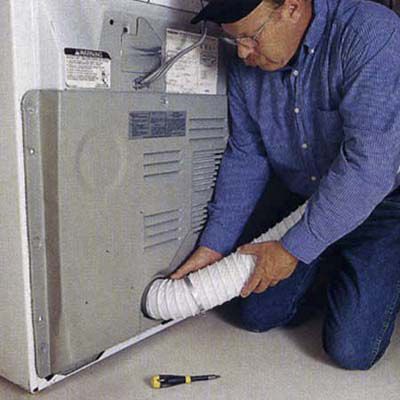
Lint builds up inside the dryer cabinet where the heating element is housed, creating a fire hazard. This accumulation of highly flammable material near a heat source is a recipe for disaster.
How To Avoid Dryer Hazards
Brush or vacuum out buildup around the lint filter every few months. Hire a pro to clean out the cabinet every two years. Clean the lint filter after every use and periodically check the dryer vent hose for any blockages. Ensure your dryer has proper ventilation outside your home, not into an attic or crawl space. Using only metal dryer ducts can help reduce the risk of fire.
8. Busted Washing Machine Hose
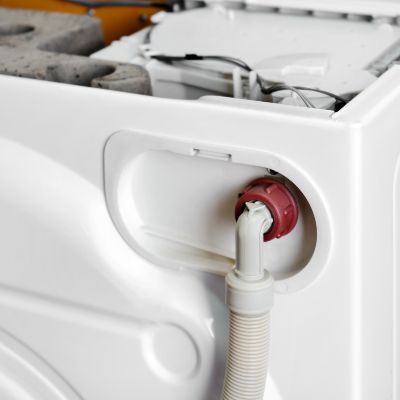
An inlet hose that bursts will send a torrent of water gushing into your laundry room. This sudden flood can cause significant water damage to floors, walls, and nearby belongings.
How To Avoid Washing Machine Hazards
Replace rubber hoses with braided steel ones, and check them regularly for leaks and loose connections. Install a leak detection system that can automatically shut off the water supply if a leak is detected. Place your washing machine in a pan connected to a floor drain to catch any potential leaks. Elevate your washing machine slightly to prevent minor leaks from causing significant damage.
9. Fireplace Creosote Buildup
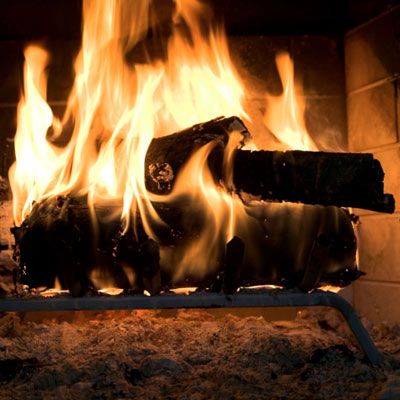
Creosote buildup causes most chimney fires, and errant sparks can fly out of the hearth and ignite rugs or furniture. An improperly maintained fireplace can also lead to carbon monoxide buildup in your home.
How To Avoid Fireplace Hazards
Get your chimney swept once a year. Keep the screen closed when the fireplace is in use. Install a chimney cap to prevent animals and debris from entering. Use only seasoned hardwood to reduce creosote buildup. Install carbon monoxide detectors near sleeping areas. Have your fireplace and chimney inspected annually by a certified professional. Install a fireplace insert to increase heating efficiency and reduce or eliminate creosote buildup.
10. Gas Grill Leaks
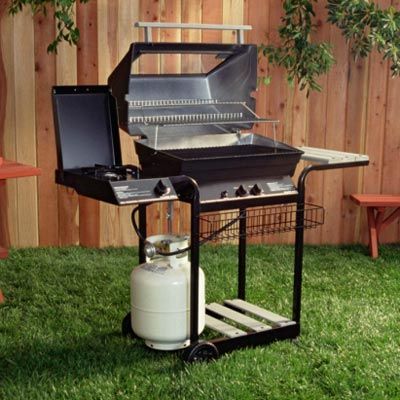
Keeping your gas grill next to your home’s siding and inside an enclosed porch is a fire hazard, as is a leaky gas hose. Improper grill placement can lead to house fires or carbon monoxide buildup in enclosed spaces.
How To Avoid Gas Grill Hazards
Check the hose for cracks regularly and replace it when worn. Place the grill at least 10 feet away from your house, and confirm it’s in an area with no overhead obstructions. Never use a grill indoors or in a garage, even with open doors. Keep a fire extinguisher nearby when grilling, and clean your grill regularly to prevent grease fires. Always follow the manufacturer’s guidelines for safe grill use and maintenance.
Our Conclusion
Identifying and addressing these top ten danger zones in your home is crucial for maintaining a safe living environment. Regular maintenance, vigilance, and proactive measures can significantly reduce the risk of fires, water damage, and other hazards.
